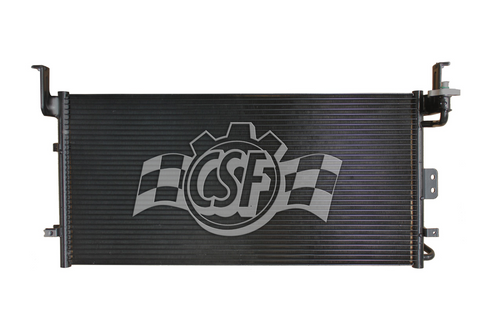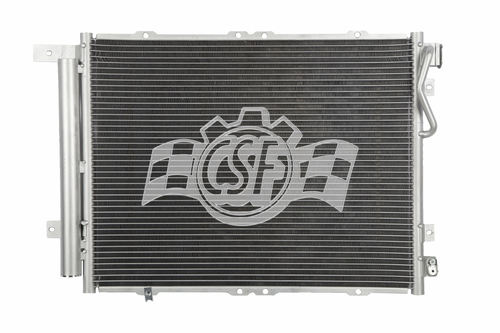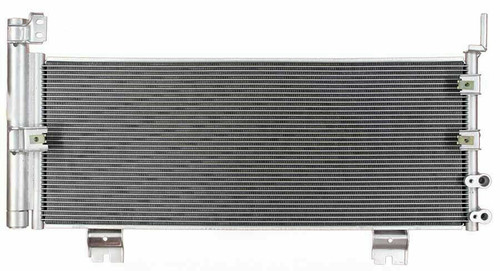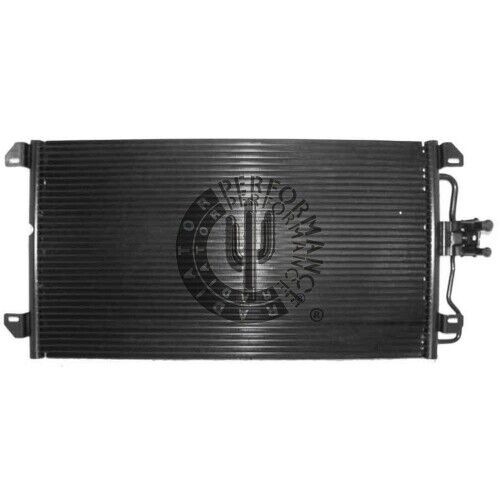-

Radiator For 2002-2007 Buick Rendezvous 3.4/3.5L Heavy Duty
MSRP: $159.00$79.55 -

Radiator And Condenser Fan Assembly For 2017-2019 Hyundai Elantra 2.0L
MSRP: $189.00$90.99 -

AC Condenser 3074 For 2000-2004 Volvo S40 V40 1.9 2.5
MSRP: $209.00$60.55 -

Radiator For 2006-2012 Toyota RAV4 2.4/2.5L 2891
MSRP: $149.00$58.55 -

-

AC Condenser For 2007-2009 Kia Sorento 3.8/3.3/4.6
MSRP: $169.00$59.88 -

AC Condenser For 2007-2011 Lexus GS450h
MSRP: $249.00$79.88 -

Radiator For 2008-2010 Ford F-250 Super Duty F-350 Super Duty 6.4L 2 Rows AT Diesel
MSRP: $599.00$368.00 -

Radiator For 2008-2019 Dodge Grand Caravan 2008-2016 Town & Country Aluminum Core
MSRP: $269.00$78.55 -

AC Condenser For 2001-2005 Saturn L-Series LS1/LS2/LW1/LW2/L100/L200
MSRP: $201.00$54.88 -

AC Condenser 4616 For 1995-2000 Cirrus Sebring Stratus Breeze
MSRP: $135.00$49.88
Frequently Asked Questions about Car Cooling Products
What is a Car Radiator?
A car radiator is a critical component of a vehicle's cooling system, essential for regulating the engine's temperature and preventing overheating. It transfers heat away from the engine via coolant fluid, which flows between the engine and radiator. The radiator then cools the heated coolant using airflow before circulating it back to maintain an optimal operating temperature. This process is vital for maintaining engine efficiency, ensuring consistent performance, and avoiding costly damage such as warped components or engine failure caused by overheating. Without a functioning radiator, the engine could quickly overheat, leading to breakdowns and expensive repairs.
How Do I Know If My Car Radiator Needs to Be Replaced?
Signs of a failing car radiator include frequent engine overheating despite adequate coolant, coolant leaks (puddles of green, orange, or pink fluid), a consistently high temperature gauge, visible damage like cracks or rust, and discolored or sludgy coolant. A radiator pressure tester can help diagnose leaks or weak spots. If you’re unsure, consult a mechanic for an accurate assessment.
How Often Should a Car Radiator Be Replaced?
A car radiator typically lasts 8 to 10 years, though its lifespan can vary based on driving conditions, maintenance habits, and radiator quality. Regular coolant flushes and routine inspections are essential to maximize its longevity, prevent buildup, and maintain optimal performance. Signs such as coolant leaks, visible corrosion, or recurring overheating may indicate the need for a replacement. Proper maintenance can delay the need for a new radiator and keep your cooling system running efficiently.
Can I Install a Car Radiator Myself?
Yes, installing a car radiator yourself is possible with basic mechanical knowledge and the right tools. The process involves draining the coolant, removing the old radiator, installing the new one, and refilling the coolant. Common tools include a wrench, a drain pan, and safety gloves. While the steps are straightforward for most vehicles, modern cars with complex systems or wiring may require professional assistance to avoid complications. If you're unsure, consulting a mechanic is recommended.
